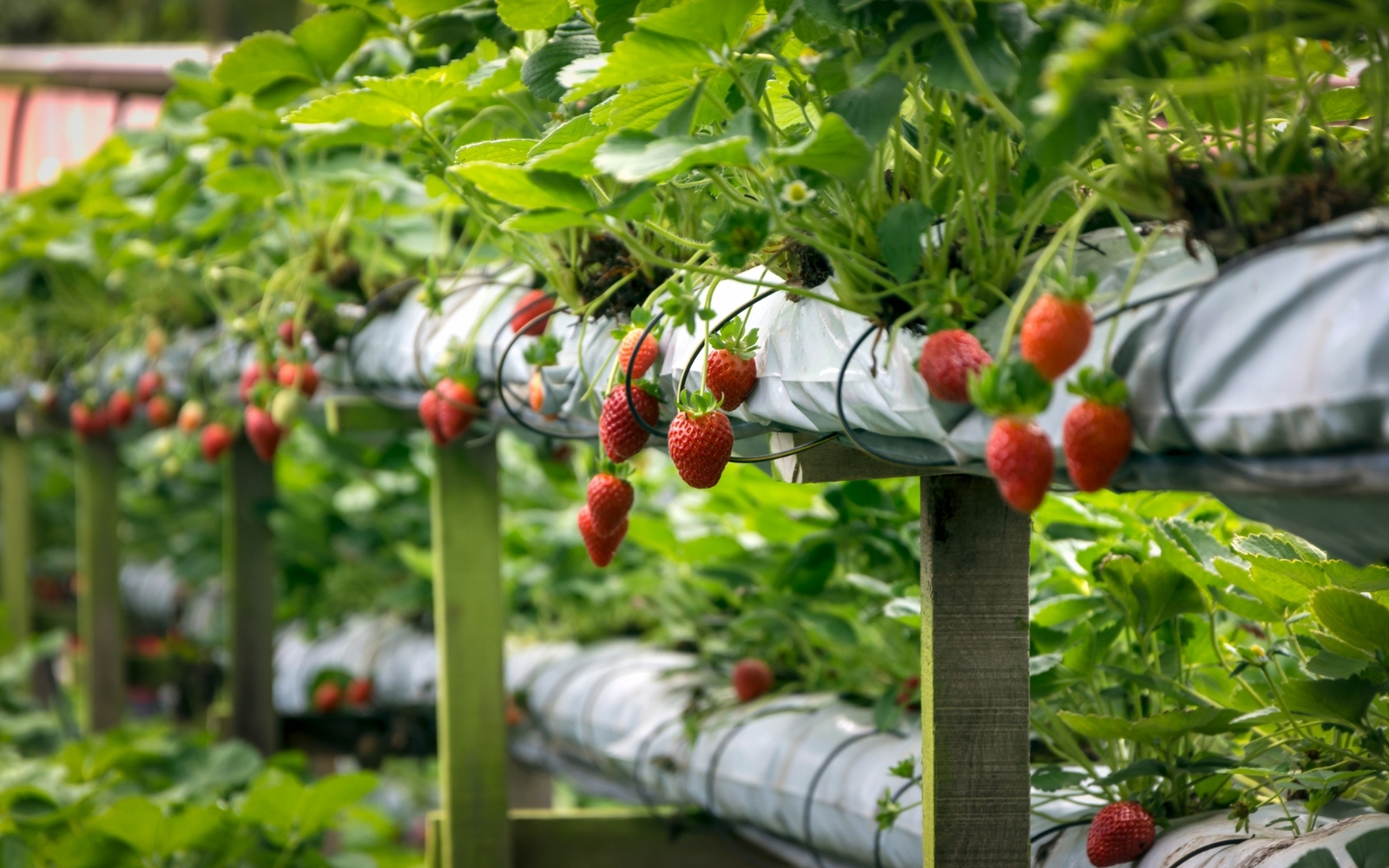The reality of securing investment to scale alternative proteins
Challenges amid economic shifts
The Federal Reserve (Fed) raised rates by 0.25%. Then on May 4 of that same year, rates were raised by 0.50%. June 15, another 0.75%. July 27, again. This pattern continued as the Fed attempted to get inflation under control. Plant-based protein sales also struggled amid particularly high food inflation.
As a result, VC funding as a whole sputtered in 2022, then nose-dived in 2023. Generalist and sustainability-oriented investors who had excitedly entered new sectors like alternative proteins just the year before turned away to tend to their existing portfolios. When they did make new investments, VCs returned to their more traditional focus of high-growth, rapidly scalable, and asset-light business models.
This left startups across industries, including alternative proteins, in a tight spot. Many alternative protein companies were ready to scale up manufacturing, and they had questions about why they were struggling to raise funding. Questions like:
- Were their fundraising challenges within their control or more systemic?
- Would project finance—a form of debt financing used extensively to fund the construction of large infrastructure and energy projects—be a key solution?
- Was this an issue of novel food market risk? If so, could it be solved with long-term off-take contracts?
- If it was due to the tighter overall funding environment, what should they do to scale in the meantime?














Post Comment